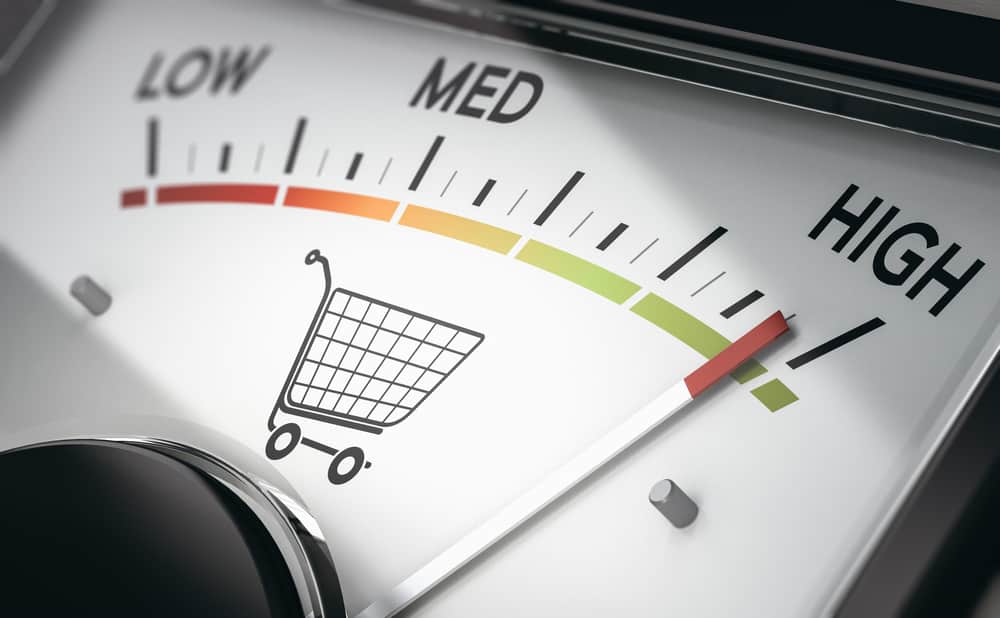Since the beginning of the year, financial conditions have tightened significantly. The DXY is up 9.9%, interest rates are up 75 bps, 10-year bond yields are up 135 bps, and BAA credit spreads are up 125 bps, while the S&P 500 is down 850 points. Given that financial conditions are transmitted to the economy through changes in the money supply, it shouldn’t be a surprise that the growth of that supply is rapidly slowing down. In the 4 months ended April, the U.S. money supply increased only at an annual rate of 4.5%, compared to 25% in 2020 and 10% in 2021. Moreover, the yearly increase in the world money supply, expressed in USD, is now flat, decelerating to a negative annual rate of 13.5% in the last 3 months. Consequently, prints on real economic activity have either lost momentum or not met consensus, while yearly increases in consumer, producer and import prices have turned downwards as supply-chain snafus are slowly unwinding. The NY Fed’s Underlying Inflation Gauge (UIG) – an index that captures sustained movements in inflation from information contained in a broad set of price, real activity, and financial data – also looks as if it may have peaked in April.
Follow us on: LinkedIn
By Hubert Marleau
By Hubert Marleau

